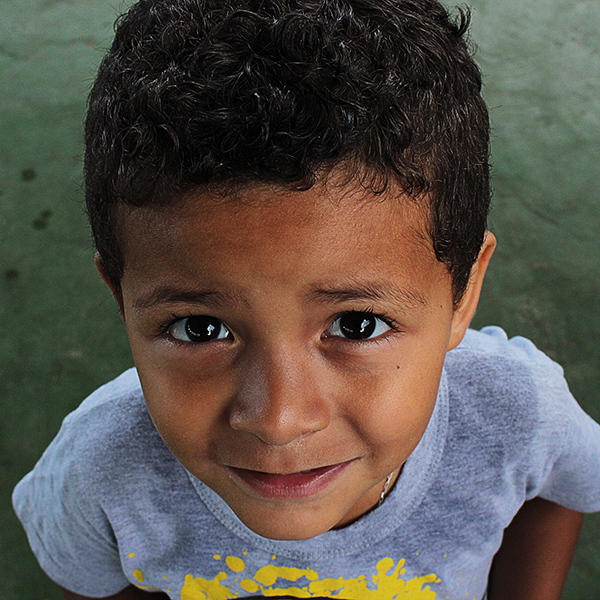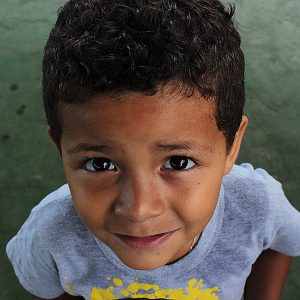
Inside Education Monthly

 This month two teachers of young children presented about the joys and challenges of teaching online courses for our youngest TK-12 students. Alicia Romero teaches in Live Oak’s dual immersion Spanish/English program, which is a new program this year. It’s quite a challenge, she says, not only to teach the youngest children but to try to develop a new program at the same time. Her students are online for 180 minutes a day, and she is focused on trying to make second language acquisition fun and interactive.
This month two teachers of young children presented about the joys and challenges of teaching online courses for our youngest TK-12 students. Alicia Romero teaches in Live Oak’s dual immersion Spanish/English program, which is a new program this year. It’s quite a challenge, she says, not only to teach the youngest children but to try to develop a new program at the same time. Her students are online for 180 minutes a day, and she is focused on trying to make second language acquisition fun and interactive.
Kelly Liebenthal teaches transitional kindergarten for the youngest set at Santa Cruz Gardens. She points out that the adults are more anxious about the online learning environment than the students are. “They show up to the meetings smiling. This is school for them and they are ready to learn.” The students are online 40 minutes a day, and come once a week to the school campus to pick up materials and pick up books from the library that they have ordered online.
Sita Moon, Maria Castro, and Erendira Guerrero gave a wonderful presentation about the Head Start program. Head Start in stretches to both ends of Santa Cruz County, with the majority in Watsonville. Because most Head Start is through home providers, the pandemic has had an outsized effect on the program, with current enrollment at about half what it was before. Watch these pages next month for an in-depth article!
Amity Sandage, Environmental Literacy Coordinator at Santa Cruz County Office of Education, and Heather Molloy, Director of the Santa Cruz County Outdoor Science School have found their expertise suddenly of great value in the age of education during a pandemic. Sandage and Molloy have been advocates for the many benefits of outdoor learning for years, and are now in the process of helping schools develop more outdoor learning that can last through the cold winter months. They point out that during this pandemic, inequities that already exist in education are augmented. Although they applaud the use of any outdoor space, they are focusing on helping schools identify onsite spaces to develop. “There are beautiful outdoor spaces where we might be able to support [student] learning. Schoolyards are the most equitable location because that’s where families are used to dropping off their children.”
Are you a community member who would be interested in getting an in-depth look at our local education system? Contact Les Forster at [email protected] to join Inside Education’s next round.


You May Also Like

Buying a Home in Santa Cruz
November 2, 2020
Favorite Podcasts for Kids
November 2, 2020

